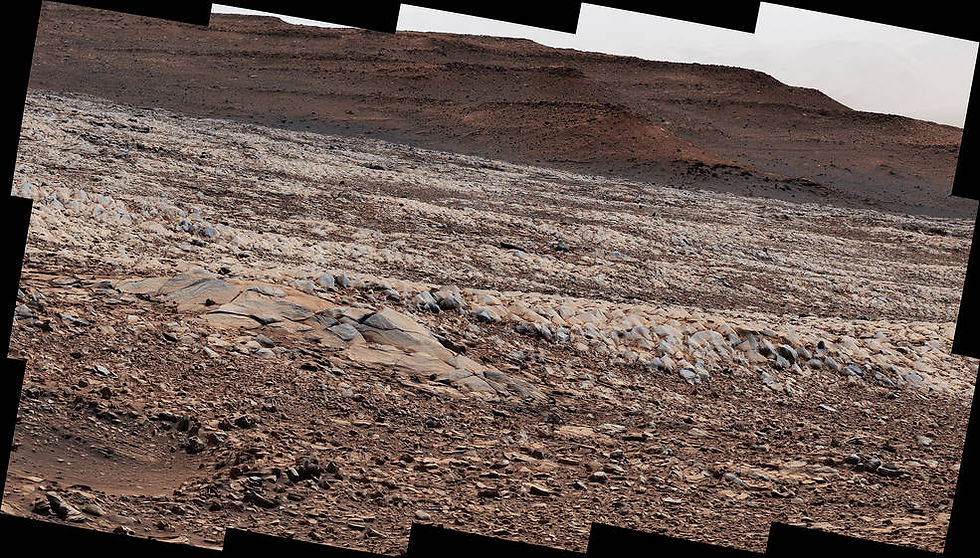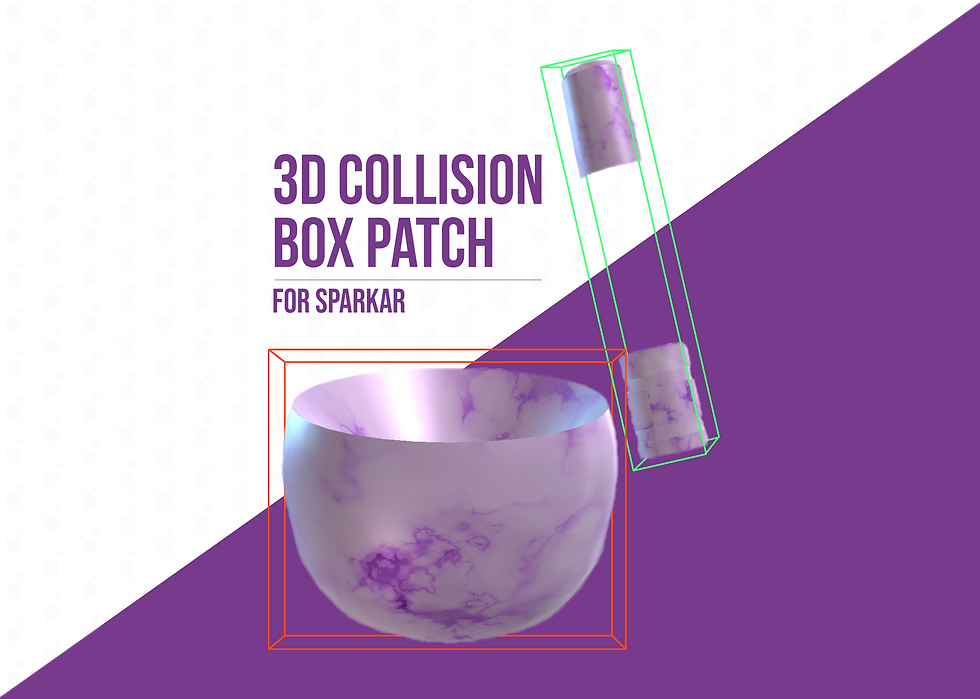Marslink: Quickly Iterating a Vision of the Future Through Unreal Engine 5
- Dn Cherry

- Jul 1, 2022
- 5 min read
Would you connect to a humanoid stationed on Mars via virtual reality on Earth?
Jump Ahead: Overview | Concept | Production in UE5 | VR vs AR | Learning Tools
After watching The State of Unreal Engine 2022 announcement of Unreal Engine 5 (UE5) official release, I was motivated to take an idea of the future and visualize it through the engine. I created the short video, shown above, in roughly 15 hours (paced out between two weekends). In a linear animation pipeline, reaching the video renders would take much longer. Real-time technology takes away the dreadful wait of first-pixel, especially when working solo with a low budget (financially, technologically, and time-wise). The engine's real-time technology and Epic Games' vast ecosystem equip you with tools to build visually striking experiences in minutes. This post will not focus on the whole production aspect of UE5; instead focus primarily on the concept presented in the video.
Conceptualizing Martian Expedition via Satellite Link
Currently, based on data from Nasa, it takes approximately five to twenty minutes to receive a radio signal from Mars. In addition, a round trip to Mars will cost an astronaut about nine months of single-direction traveling while waiting for the ideal planet alignment to travel back. These are factors, along with health concerns and pollution I imagine would deter people from making the trip if a commercial option is presented (personally would for me). The "if commercial option..." is better stated as "when commercial option.." as flights have already started with Virgin Galatic, Blueorigin, and SpaceX.
This new space race era and technology, such as Starlink's satellite constellation brought about this future idea of connecting to Mars via VR and a satellite link. To utilize the full potential of VR, not only would you connect, but you would be able to control a humanoid for an immersive experience instead of, let's say, connecting with others to a live stream of a Mars rover. This concept of instantaneous connection and control explores a future where

the hard problems, such as latency in connection, are solved. The direct connection to the Red planet would widen space-traveling options, especially for those who don't wish to make the journey physically. The idea is similar to those who prefer to travel by car or train versus flying. Ariel Ekblaw, MIT Space Exploration Initiative Director, speaks on the direct connection during a podcast appearance with Lex Fridman podcast. Ekblaw discusses NASA's interest in human-robot interaction (HCI) and exploring human control of their swarm robots in their upcoming Lunar mission, Artemis. Maybe this will be the first step written in history that will lead to the ability to connect to humanoids on Mars with little to no lag time.
Who Would Be the First to use this Technology?
One of the goals of the Curiosity rover is to collect rock samples to study Mars' current and past composition. Therefore as a practical reason, a geologist would be the first to take part in the technology allowing for quicker analysis and access to rockier parts of the planet. Due to the rover's current build, certain conditions disable it from accessing specific regions. For instance, the sharp rocks in the Greenheugh Pediment allowed Curiosity to only
snap pictures before rerouting. A humanoid will enable the ability to maneuver and scale such terrain. I imagine at this point in the future such robots will take on the talent of parkour droids Boston Dynamics and Disney Imagineers' acrobatic bots.
Inspiration
Although Mars is known as the Red Planet, its geologic features have a wide array of color variations. After observing the variations I wanted to ensure this was
showcased in the video. The South Sieitah region and ‘Gator-Back’ rocks are are the primary inspiratiion for the layout.
West World is a private utopia land mimicking the Western era of the United States, where humans can visit and live out their fantasies with humanoids as the actors. Like live theater, you are allowed to be a part of the stage. However, things began to go south as some of the droids developed consciousness. What if data after each live connection is left behind, causing the humanoid on Mars to grow conscious from the blend of said data? Consciousness, to this degree, is a rabbit hole that we will avoid for the remainder of this post.
Starlink is a space satellite designed to provide high-speed, low latency internet access to those in rural areas. As a subset of SpaceX and CEO Elon Musk's goals of building a city on Mars, it is no surprise to see plans to expand Starlinks territory to Mars.
Production
The first two scenes are a video setup of myself and a stock video of a space satellite/telescope in space. UE5 is used for the final scene with the humanoid and rover. The humanoid is a Metahuman with Mixamo animation, while the rover was pulled from the Epic Games Marketplace. The Mixamo animation is transferred onto the Metahuman through the IK Retargeter.
The landscape is derived from the Megascan library accessed through Quixel Bridge, which is now integrated into the engine. This integration allows assets to be quickly placed in the level. Then using the Foliage tool, instances of the assets can be painted across the landscape. Composing the shots together and adding animation keys were done in Sequencer and rendered out using Movie Render Queue.
Adjustments are still needed to polish the scene in Unreal; this includes:
Polishing rough animation, so my animation friends don't cringe at the sliding.
Fixing detached Metahuman clothes in the first frame.
Adjust rock materials to exclude non-martian-related colors, such as the green moss we see in the last shot.
Adding more purposeful lighting.
Epic Games ecosystem allows users to iterate on an idea for visual or even feasibility rather quickly. With the growing ecosystem and learning resources, those new to the program can envision and build on ideas relatively quickly.
Computer Specs:
2.2 GHz 6-Core Intel Core i7
16 GB 2400 MHz DDR4
2018 Macbook Pro
Intel UHD Graphics 630 1536 MB
VR vs AR
Although I am using a Magic Leap (an augmented reality headset) in the video, a VR headset would be the ideal medium for the experience as it creates an escape to another world. With any form of storytelling or experience, choosing the medium that best represents the subject is essential. If doing AR, your droid would be reacting to you avoiding obstacles in your own home, and still seeing your physical environment is likely to reduce the presence of being on Mars. However, the ability to observe a martian rock in AR while simultaneously writing notes in your physical notebook would be useful. Since the concept follows a futuristic utopia, we can assume that holographic technology exists to visualize the rock versus having to wear an AR headset.
Learning Tools
Below are resources that helped with the creation of this short.
















Comments